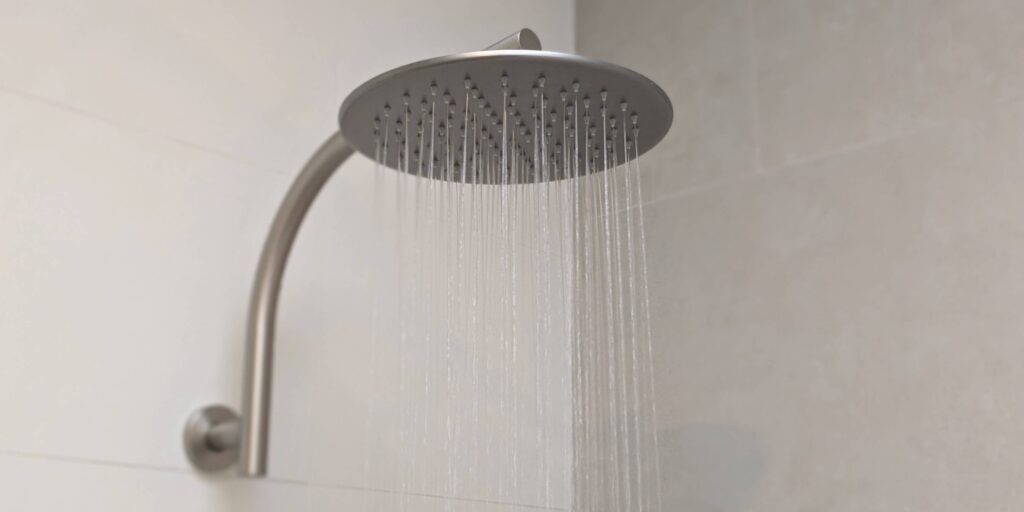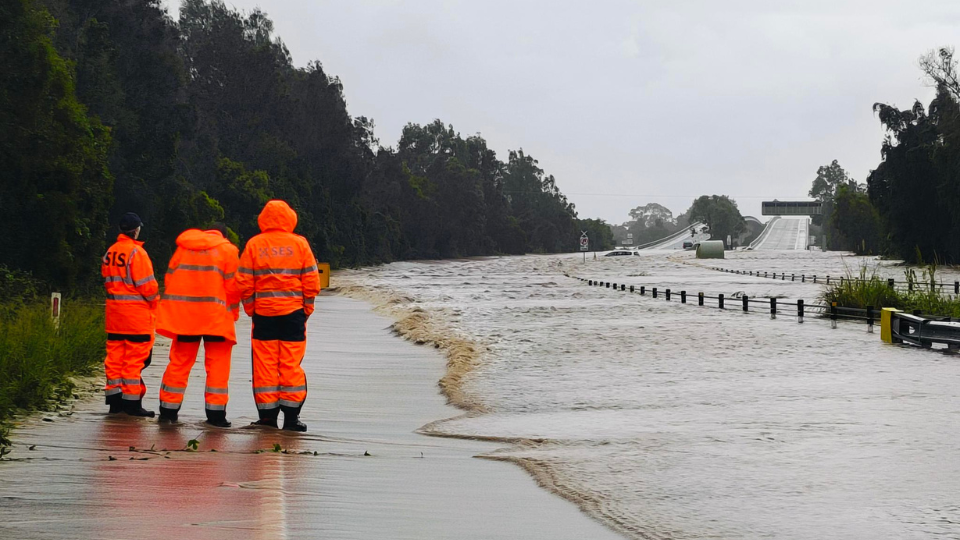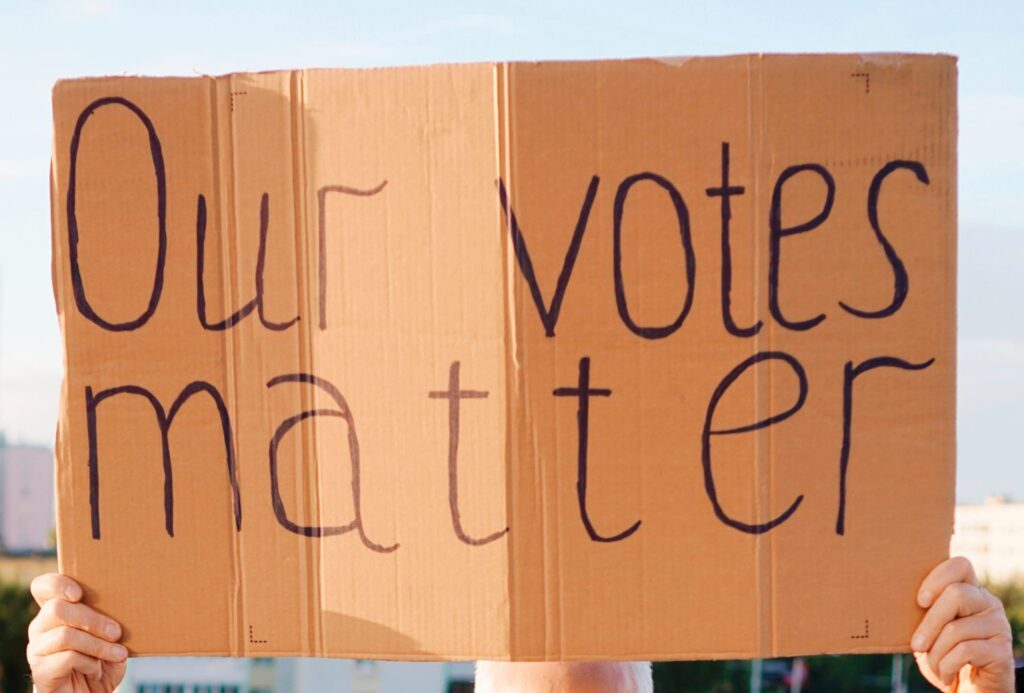Are you interested in installing a home battery but don’t know where to start? We’ve put together some general guidance and a list of the support and resources available across Australia to help you on your way.
Batteries help homes and businesses with solar make the most of their systems by storing excess cheap, clean solar power for use when the sun goes down. This slashes power bills, by reducing reliance on grid power during the evening peak when electricity prices are more expensive. Pairing a battery with rooftop solar could almost double a household’s savings: up to $2300 less per year on power bills for the average family, compared to $1500 in savings with solar only. If set up to do so, solar paired with a battery can also increase resilience and keep homes and businesses running in power outages – like those caused by extreme weather events, which are becoming more frequent and intense as our climate changes.
Now the Australian Government’s Cheaper Home Batteries Program has commenced, many of us are excited about the opportunity to install a discounted battery and see these cost-of-living benefits first hand, while increasing energy resilience, cutting climate pollution and securing a safer future for our kids. But it’s not always easy to find the right information. This page is designed as a general guide, to help you find the information you need to consider a home battery purchase.
Questions to consider before installing a battery
Purchasing a home battery is a personal decision, and it’s important to carefully consider your specific options and circumstances. We encourage you to refer to the information and resources available in your area, and compare quotes from multiple retailers or installers to ensure you get the best outcomes.
Is a home battery right for me?
Before installing a battery, it’s important to understand your energy use and whether a battery will help you achieve your energy savings goals. If you already have solar, you may have an understanding of your energy use. A good retailer or installer will be able to help answer your questions. Other resources and support available include:
- The Residential Efficiency Scorecard program, available across Australia, provides targeted information to assist households in achieving their energy goals. Victoria offers rebates on home energy assessment ratings.
- Many councils across Australia offer do-it-yourself Home Energy Audit Toolkits for loan.
- Community energy groups can also offer support. Find a group near you on the Community Power Agency’s Community Energy Map.
We’ve answered common questions about the costs, benefits, safety and environmental impacts of home batteries here: Home batteries explained.
Am I eligible for government support?
If you want to access government support to install a battery, make sure you understand the conditions of the relevant program to ensure that you, the retailer, installer and product you choose, are eligible before making any decisions. Summaries and links to the support available in each state and territory are below.
How do I choose a retailer or installer?
You can choose to purchase a battery either directly through an accredited installer, or through a retailer that will arrange for installation through an accredited installer. There are many battery retailers and installers in Australia now. You might like to speak to friends or neighbours who have installed batteries, and read reviews. The New Energy Tech Consumer Code (NETCC) maintains a list of battery retailers that meet customer protection standards which may help as a guide. It’s a good idea to seek quotes from multiple retailers/installers to ensure you get the best value for money.
It’s important to be aware of any relevant government requirements. For example, the Cheaper Home batteries scheme requires installation to be completed or supervised by an accredited Solar Accreditation Australia installer.
How do I choose a battery?
The right battery for you will depend on many factors. A good installer or retailer will be able to help choose a battery and answer any questions about suitable size, brand, cost, location, warranty, compatibility with your solar system, how to most efficiently use your battery, and estimated power bill savings.
Many government subsidies, including the Cheaper Home Batteries Program, require batteries to be on the Clean Energy Council approved list of batteries. These batteries meet Australian standards and industry best practice requirements, and are independently tested to confirm they meet electrical safety and quality standards.
Do I need to join a virtual power plant?
Government incentives for installing a home battery are increasingly requiring participation, or capacity to participate in, a virtual power plant (VPP). A VPP connects individual batteries on homes and businesses so they can act as one single, large power plant. By joining a VPP, households with solar and batteries can access financial benefits by selling their stored solar power to the grid in peak times when prices are high, while sharing their clean energy with the community. VPPs boost the benefits of home batteries to the grid significantly, as they enable network operators to more accurately manage energy generation, storage and use.
It is very important to make an informed decision about whether to participate in a VPP, and if so, which VPP to join. There are a range of VPP offerings available across Australia with varying conditions, including price you receive for your excess power, when the VPP can access your battery, and how much of your power can be exported to the grid. Like choosing a battery, it’s a good idea to compare offers from multiple providers.
What financial support and resources are available in my state or territory for installing a battery?
Australia-wide
Financial support available
The Cheaper Home Batteries program provides a discount on batteries for eligible homes and businesses across Australia, equivalent to around a 30 per cent discount on the upfront cost.
The discount is based on the battery’s usable capacity and will gradually decrease until 2030. To be eligible, a battery in an on-grid system needs to be capable of being coordinated through a VPP, but does not need to be connected to a VPP.The discount will generally be provided through solar and battery retailers and installers. The program will be delivered through the existing Small-scale Renewable Energy Scheme, which has helped Australia achieve our world-leading uptake of rooftop solar since 2012.
Information and guidance
The Australian Government’s get to know batteries page explains the costs and benefits of adding a battery to your existing or planned rooftop solar system.
The Clean Energy Regulator has guidance for homes and businesses wanting to install a battery through the Cheaper Home Batteries program.
Victoria
Financial support available
The Victorian Government’s Solar Battery Loans Program closed in May 2025 after exceeding its target number of installations. Eligible Victorians can access support through the Australian Government’s Cheaper Home Batteries Program.
Information and guidance
The Solar Battery Buyers Guide helps Victorians to make informed decisions about purchasing a home battery. Solar Victoria has also published information about participating in a VPP.
New South Wales
Financial support available
The New South Wales Government’s Household Battery Incentive program closed on 30 June 2025. However, from 1 July, the NSW Government’s incentive for joining a VPP will nearly double. Importantly, the increased VPP incentive can be combined with a discount through the Cheaper Home Batteries Program.
Information and guidance
The New South Wales Government has developed a guide to owning a battery, with information on how batteries work, things to consider before installing a battery, options for participating in a VPP and more.
Queensland
Financial support available
Queensland’s Battery Booster Rebate closed in May 2024. Eligible Queenslanders can access support to install a battery through the Cheaper Home Batteries Program.
Information and guidance
Queensland’s Battery Buyers Guide includes information on how battery storage works, choosing the best battery for your home, battery safety and maintenance, and more.
South Australia
Financial support available
Eligible South Australians can access support to install a battery through the Cheaper Home Batteries Program. Through South Australia’s Retailer Energy Productivity Scheme, some retailers also provide discounts to households that join a VPP.
Information and guidance
The South Australian Government has published guidance about installing solar and batteries.
Western Australia
Financial support available
WA’s Residential Battery Scheme offers a rebate of up to $1300 for Synergy customers and up to $3800 for Horizon Power customers. Households are required to participate in a VPP to be eligible for the scheme. Information about the eligible VPP products is available in the information for applicants.
WA’s scheme can be combined with the Australian Government’s Cheaper Home Batteries Program.
Information and guidance
Western Power has a list of eight things you should know before buying a battery.
Northern Territory
Financial support available
The Northern Territory’s Home and Business Battery Scheme closed in June 2025 after exhausting its $6 million budget. Eligible Northern Territorians can access support to install a battery through the Australian Government’s Cheaper Home Batteries Program.
Information and guidance
NT WorkSafe has published information for home and business owners who are considering installing solar and batteries.
Tasmania
Financial support available
The Tasmanian Government’s Energy Saver Loan Scheme provides no-interest loans of up to $10,000 for eligible Tasmanians to buy a battery. The Energy Saver Loan Scheme can be used in conjunction with the Cheaper Home Batteries Program.
Information and guidance
The Tasmanian Government has information about installing solar and batteries as part of the Energy Saver Loan Scheme.
Australian Capital Territory
Financial support available
Through the Sustainable Household Scheme, people in the ACT can access a no-interest loan of up to $15,000 for a home battery. The Sustainable Household Scheme can be used in conjunction with other programs like the Cheaper Home Batteries Program.
Information and guidance
The ACT’s Make your next choice electric website provides guidance and tools for households wanting to go all-electric.
This web page is current as at 30 June 2025. For the most up-to-date information relevant to your state or territory, visit:
- Australian Government Department of Climate Change, Energy, the Environment and Water
- Australian Government Clean Energy Regulator
- Solar Victoria
- NSW Climate and Energy Action
- Queensland Government
- South Australian Department of Energy and Mining
- Energy Policy WA
- Northern Territory Government
- Renewables, Climate and Future Industries Tasmania
- Climate Choices ACT
Important notice
The information on this page is for general information only and should not be taken as constituting professional advice. Because it is intended only as a general guide, it may contain generalisations. You should consider seeking independent advice to check how the information contained on this page relates to your unique circumstances. Climate Council of Australia Ltd is not liable for any loss caused, whether due to negligence or otherwise arising from the use of, or reliance on, the information provided directly or indirectly, by use of this page.










